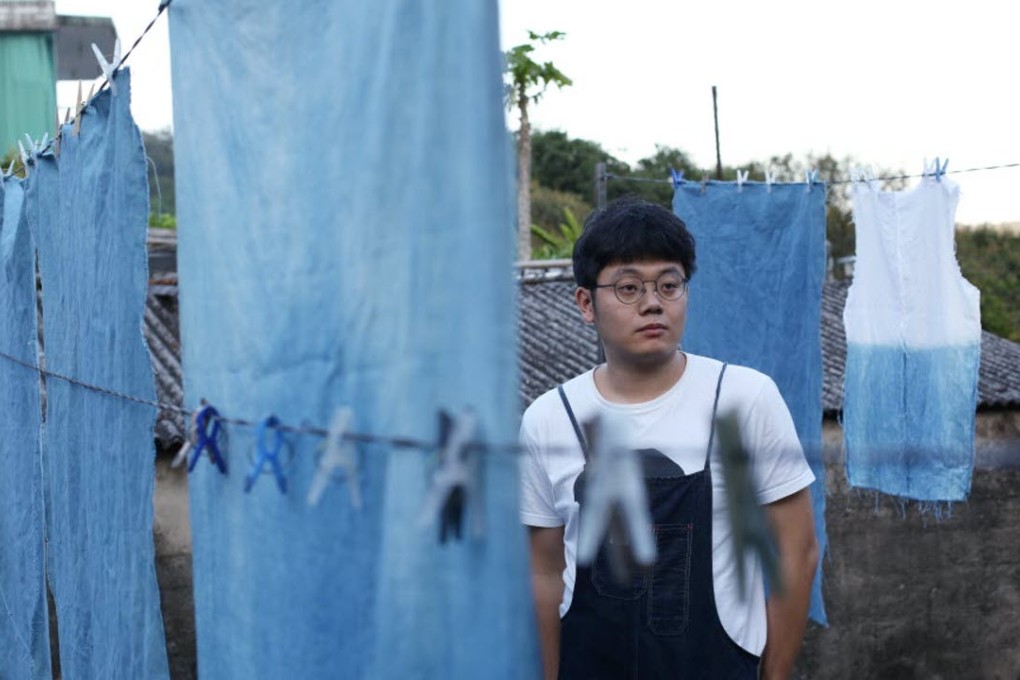Not just a hipster fad: These young Hongkongers bring a personal touch through handmade ‘texture of imperfection’
Craftsmen who vow to reinvent obsolete artisanship say the story behind a product is what the young generations are really after, and such trend is not a fad – it’s here to stay.

There’s a certain indescribable quality to handcrafted products that make their new replacements churned out from mass production lines a bit “inhuman”, say young people who see business opportunities in bringing old-time crafts back to life.
Be it the uneven inking on paper left by the lead types of a letterpress machine or the slightly unpredictable final colour when dyeing a piece of cloth using natural indigo, they say it is the human touch and story behind a product for which people yearn – at least for some products.
One such young craftsmen is Max To Hok-chi, 29, who has made a dye house out of the unused piggery behind his family home in Tai Long Wan Tsuen, an idyllic village in south Lantau Island not connected by any public transport.
Since 2013, To has been running a workshop which gives participants a taste of dyeing textile products in a pot of natural indigo.
CASE STUDY: Off the beaten track: Former piggery houses a Hong Kong workshop showcasing the most primitive ways of colouring a piece of cloth
